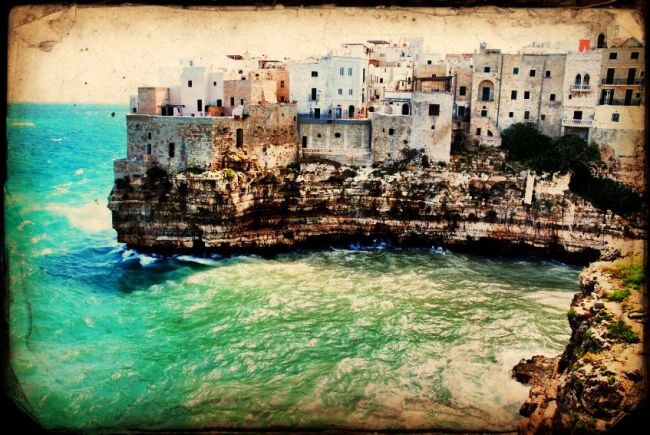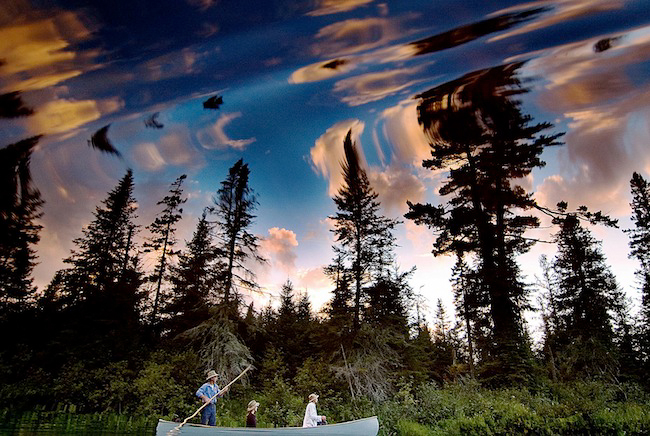Discover how you can capture high-quality images of a total lunar eclipse with these tips and tricks.
Bridget Besaw is one of those enviable women who are blessed with immense talent, a contagious passion, and the entrepreneurial acumen to transform that into a livelihood that sustains her and the planet she cares so deeply for. Now she’s putting those abilities to good use by pioneering a relatively young genre of photography that brings visual storytelling to environmental organizations and mentoring a new generation of image-makers in the art and profession of creating high-impact conservation media.
Her abilities were never more evident than when I traveled to the remote wilds of southern Chile last year to learn and record the story of Patagonia conservation as a participant in one of her Leica Akademie photography workshops.
As an avid adventurer and outdoor photographer, I joined the workshop for the sheer visual promise of the Patagonia landscape, people and culture, but returned with far more than memorable images. The experience not only expanded my knowledge and how I perceive the world, but also how I perceive myself and my abilities.
I managed to catch up with her recently and asked her to share a bit about her work and upcoming photography workshops.
If you’re like the half a billion Apple addicts on this planet, myself included, your iPhone is the one item you rarely leave home without.
And with a built-in camera offering impressive image quality and the explosion of creative photo apps that enable you to create and share instantaneously, iPhone photography is not just fun and fast, it’s also evolved into a respected art form of its own—iPhoneography.
Discover a few of my favorite photo apps at National Geographic Traveler. Or, take your iPhone on the road and learn how to shoot, process and share artistic images on this dreamy iPhone photography workshop in southern Italy.
 Polignano a Mare, Puglia, Italy
Polignano a Mare, Puglia, Italy



